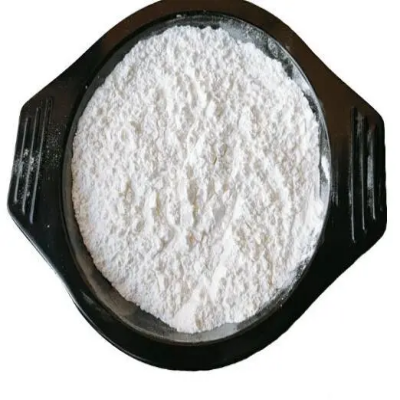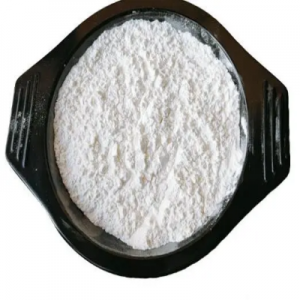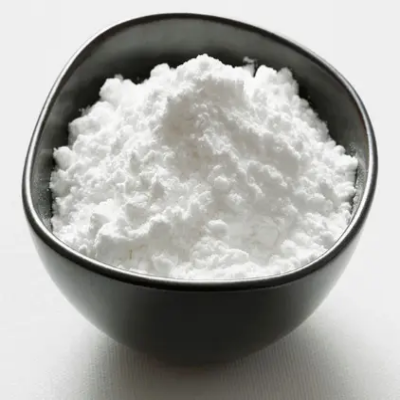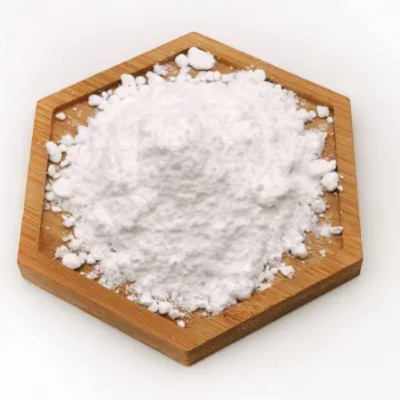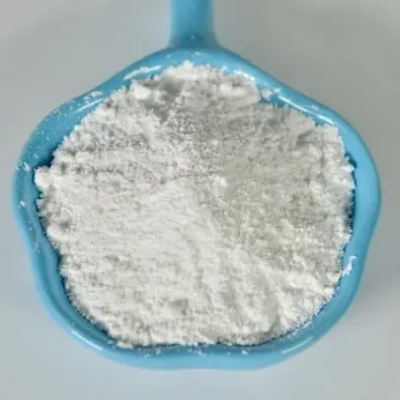1,2,3-triacetyl-5-deoxy-β-D-Ribose CAS:62211-93-2
1,2,3-Triacetyl-5-deoxy-β-D-ribose plays crucial roles in both organic synthesis and pharmaceutical development. As a protected form of ribose, it serves as a key intermediate in the synthesis of nucleosides and nucleotides. The triacetyl group protects the reactive hydroxyl groups on the ribose, allowing selective manipulation of other parts of the molecule during nucleoside synthesis. This controlled approach is essential for producing modified nucleosides used in antiviral, anticancer, and antiparasitic therapies. In pharmaceutical research, derivatives of 1,2,3-triacetyl-5-deoxy-β-D-ribose are explored for their potential in drug development. By modifying the ribose backbone, chemists can create analogs that exhibit improved pharmacokinetic properties or enhanced targeting of specific biological pathways. These analogs are investigated for their efficacy against viral infections, cancer, and other diseases where nucleoside-based therapies have proven effective. Moreover, 1,2,3-Triacetyl-5-deoxy-β-D-ribose serves as a starting material for synthesizing nucleotide analogs that interfere with essential metabolic processes in pathogens. This includes inhibiting viral RNA or DNA replication, which is crucial for antiviral drug design. Researchers study the biochemical interactions of these analogs to understand their mechanisms of action and optimize their therapeutic potential. In addition to its role in nucleoside chemistry, this compound contributes to advancements in organic synthesis methodologies. Its use as a protective group illustrates its broader utility in controlling reactivity and selectivity during complex molecule construction. Organic chemists leverage its stability and compatibility with other chemical transformations to build intricate molecular structures for applications beyond pharmaceuticals, such as materials science and biotechnology. Academically, 1,2,3-Triacetyl-5-deoxy-β-D-ribose facilitates research into nucleotide analog design and synthesis strategies. Studies focus on optimizing synthetic routes and exploring new protective group strategies to expand the diversity of nucleoside analogs available for therapeutic and research purposes. In summary, 1,2,3-Triacetyl-5-deoxy-β-D-ribose serves as a versatile tool in organic synthesis and pharmaceutical research. Its applications range from nucleoside synthesis and drug development to advancing fundamental understanding in organic chemistry, highlighting its critical role in supporting innovation and discovery in diverse scientific disciplines.



| Composition | C14H18O7 |
| Assay | 99% |
| Appearance | white powder |
| CAS No. | 62211-93-2 |
| Packing | Small and bulk |
| Shelf Life | 2 years |
| Storage | Store in cool and dry area |
| Certification | ISO. |


